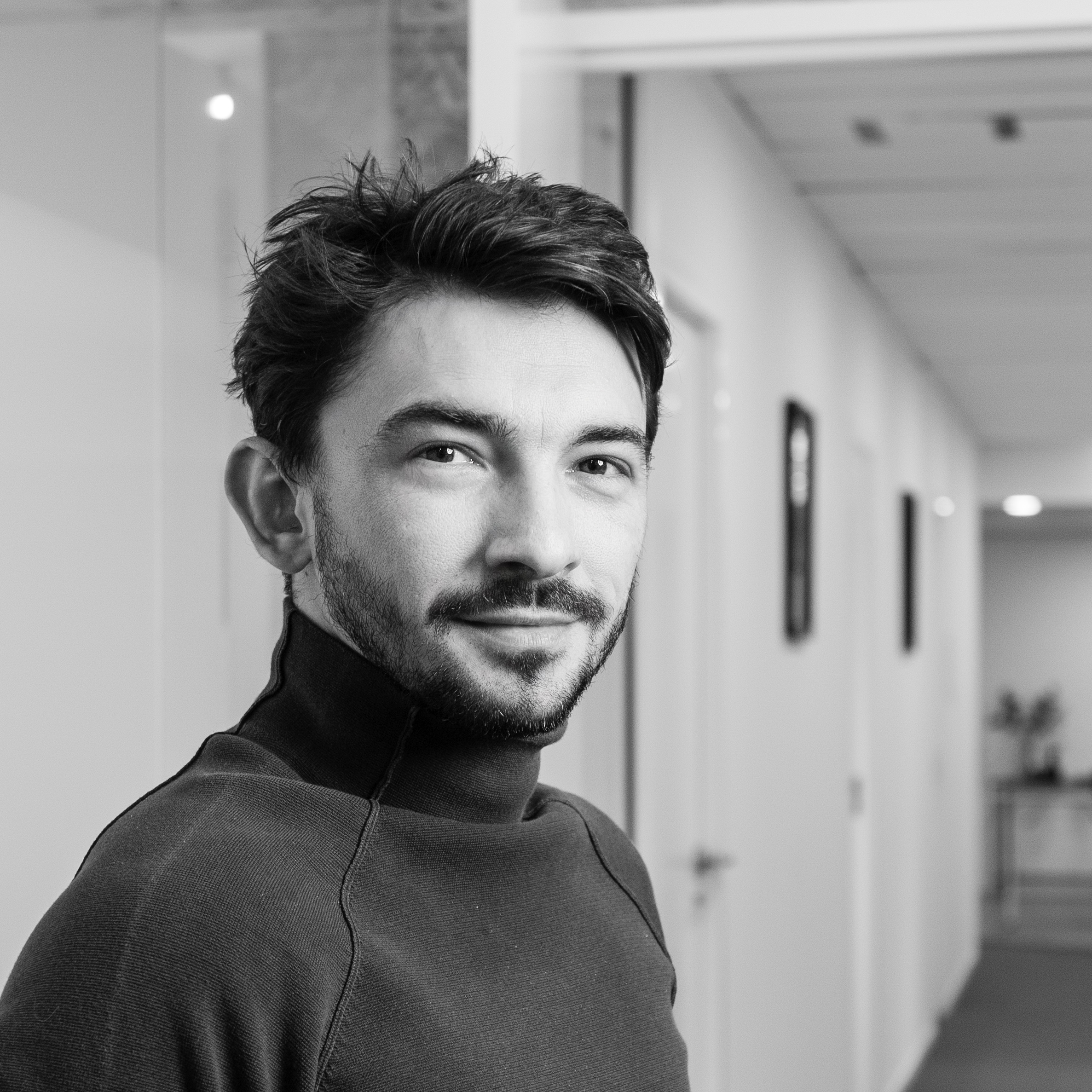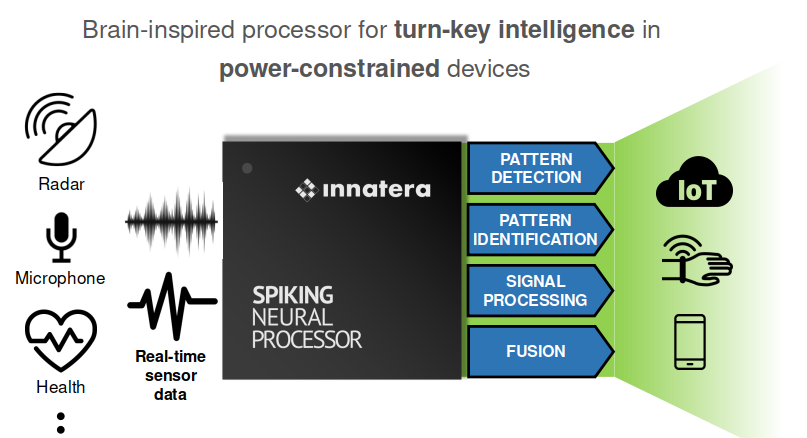Meet Vasile Toma, Vice President of Engineers at Innatera, has been a cornerstone in the semiconductor industry since 2007. With 14 chips to his credit, his expertise in digital chip designs for heterogeneous accelerators and computer vision has been pivotal. His leadership, rooted in teamwork and a clear vision, has been instrumental in Innatera's trajectory. Here's what we learned:

Vasile shares, "Innatera is on a mission to revolutionize the world of sensors. With sensors becoming ubiquitous, from our watches to our doorbells, the challenge lies in processing the vast amounts of data they generate."
Innatera's solution? “Decentralizing AI and placing it right next to the sensors. By leveraging neuromorphic technology, they aim to process data efficiently, right where it's generated.”
Innatera has set its sights high. Vasile mentions, "With an estimated 43 billion connected devices and edge sensors by the end of 2023, they aim to sell approximately 1 billion chips by the end of 2030." Their target markets include small electronics, medical devices, and the automotive industry.

Drawing inspiration from JF Kennedy, Vasile emphasizes, "We do what we do not because it's easy, but because it's hard." With a disruptive technology like theirs, which focuses on analog mixed neuromorphic acceleration, the journey is fraught with challenges. But as he puts it, “The sense of accomplishment at the end is well worth it.”
While Innatera has competitors in the market, Toma views them more as "brothers in arms." He believes, "For one to succeed, everyone else must succeed too." It's a refreshing perspective in a world often dominated by cutthroat competition.
Innatera's primary focus is on hiring talent in mainland Europe. Vasile notes, "While they can't compete with the financial might of the US, they believe in the talent and value Europe offers." They also have an office in Bangalore, India, a hub of talent and innovation, and plan to scale up their engineering processes there as well.
Continuing the conversation with Vasile, we delved into the intricacies of hiring in the niche semiconductor business, the challenges faced, and the role of recruitment agencies like IseeQ in the process. Here's a comprehensive breakdown of the discussion:
Innatera, being a chip design company, has a unique set of requirements. The VP of engineering elaborates, "We are looking for people which have have hands-on experience in designing actual microchips... analog designers compared with digital designers are even harder to find." The company prioritizes attitude, motivation, and then skill in that order. They believe in the mantra, "Nothing works until it's been proven to work," emphasizing the importance of verification and validation.
The semiconductor business, being a niche, presents unique challenges. He points out, "Finding the right people for the right job in the right time is the most challenging part for us." The scarcity of analog designers and physical design engineers makes the hiring process even more daunting. Additionally, the inflation in the market, both financially and skill-wise, adds to the complexity.
Vasile acknowledges the chaotic nature of the recruitment process in startups. He appreciates agencies like IseeQ that go beyond their immediate remit, emphasizing, "IseeQ went beyond their immediate remit and met us midway." The proactive approach, constant communication, and the willingness to refine job specifications multiple times until clarity is achieved are aspects that stood out for him.
IseeQ's methodology, particularly the candidate assessment forms, was highlighted as a significant advantage. Vasile mentions, "Usually the CVs are subjective... without the form, probably some of those CVs we would have just cleaned them out from the beginning." The introduction about the company provided by IseeQ to potential candidates before the first discussion also proved beneficial, ensuring that candidates were well-informed and discussions could focus more on technical evaluations.
The agency's ability to understand and cater to a broad range of technology sectors, from verification engineers to machine learning, stood out for Vasile. He appreciates the emphasis IseeQ places on attitude and soft skills, stating, “None of them had any red flags that would say: 'I would never want to talk with this guy again'.”
The advice to other companies is clear: "Reach out, don't be afraid to go over the same ideas as many times as possible." He emphasizes the importance of communication, understanding, and tolerance in building a successful relationship with a recruitment agency.
Navigating the intricate world of the semiconductor industry, our conversation with Vasile illuminated the paramount importance of securing the right talent. In an industry where precision and innovation are key, the right individuals can make or break the trajectory of a company. As Innatera's journey reveals, beyond technology and strategy, it's the people – their skills, passion, and vision – that truly drive success. In this competitive landscape, finding and nurturing these talents isn't just a priority; it's the very essence of sustainable growth and innovation.
